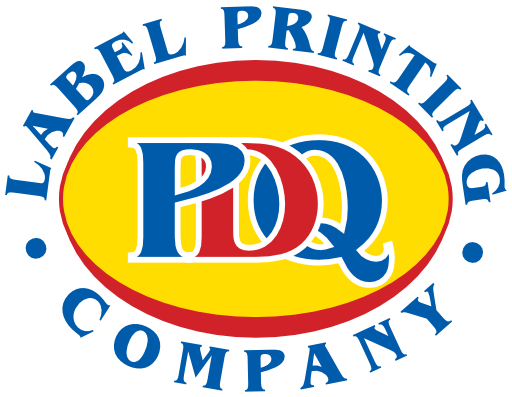Scale Labels: An Overview
Labels on rolls for scales are an essential part of the packaging industry. They are used to weigh and measure different types of products, such as food, chemicals, and pharmaceuticals, among others. These labels are designed to adhere to the surface of the product and provide relevant information, such as weight, price, and expiration date.
Importance of Labels on Rolls for Scales
The primary function of labels on rolls for scales is to provide accurate and reliable information about the product’s weight, quantity, and price. This information is critical for both the seller and the buyer. For sellers, the correct labeling of products is an essential requirement and helps them comply with regulations. For buyers, labels provide important information about the product, such as the price per unit or weight, helping them make informed decisions about what they purchase.
Types of Labels on Rolls for Scales
Labels on rolls for scales are available in a variety of materials, sizes, shapes, and colors, depending on the type of product they are designed to label. Some of the most common types of labels include:
- Direct Thermal Labels: These labels do not require any ink or ribbon to print. They are ideal for short-term use and are commonly used for printing barcodes.
- Thermal Transfer Labels: These labels require a ribbon to print, which makes them more durable and long-lasting. They are ideal for products that require long-term labeling, such as pharmaceuticals.
- Semi-Gloss Labels: These labels are made from a paper material and have a glossy finish. They are commonly used for labeling food products and beverages.
- Polypropylene Labels: These labels are made from a plastic material and are more durable than paper labels. They are ideal for labeling products that are exposed to harsh conditions, such as chemicals and cleaning products.
Best Practices for Using Labels on Rolls for Scales
To ensure accurate labeling and compliance with regulations, it is important to follow some best practices when using labels on rolls for scales. These include:
- Use the Right Size Label: The size of the label should be appropriate for the product being labeled. Using a label that is too small or too large can lead to inaccurate labeling or problems with the scale’s accuracy.
- Use Legible Font: The font used on the label should be clear and easy to read. The font size should be appropriate for the label’s size and the information being displayed.
- Include All Required Information: The label should include all the required information, such as the product name, weight, price, and expiration date.
- Store Labels Properly: Labels should be stored in a dry, cool place away from direct sunlight. Exposure to heat and moisture can damage the labels and affect their adhesive properties.
In conclusion, labels on rolls for scales are an essential component of the packaging industry. They provide critical information about the product, ensure compliance with regulations, and help buyers make informed decisions about their purchases. By following best practices, businesses can ensure accurate labeling.
Contact for your scale labels today
